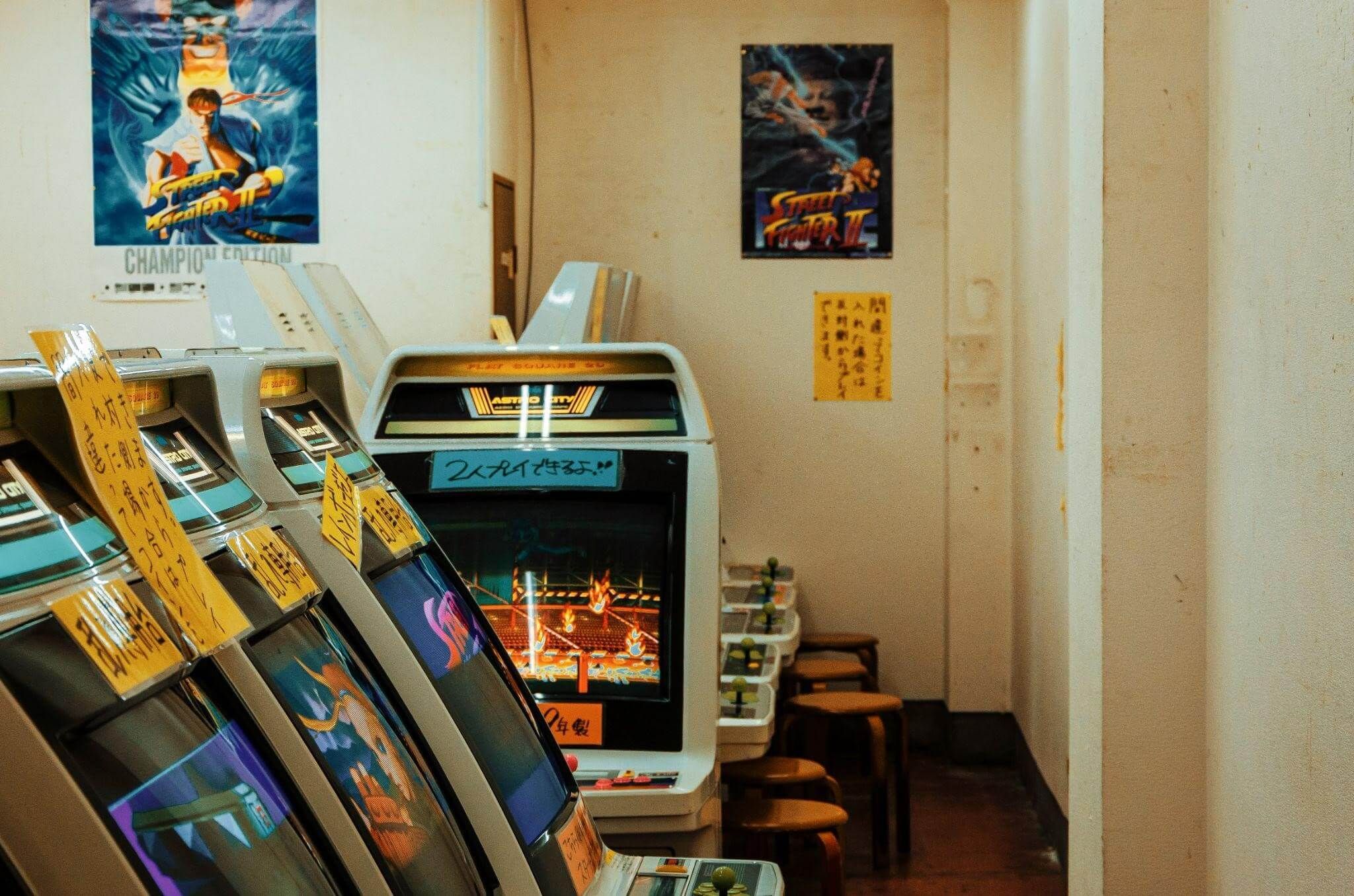From packed esports arenas to old arcade cabinets, they stand tall as a thrilling and extremely competitive genre. What's the reason? It's a blend of well-balanced mechanics, rivalries, and iconic characters that convert casual gamers into devoted fans. For anyone who's ever had a preference, be it Street Fighter or Tekken, the design and legacy of these characters are undeniably key to defining what makes a fighter unforgettable.
Ryu, Sub-Zero, and Competitive Legacy
Speaking of legends, the conversation can't really kick off without Ryu from Street Fighter. This character debuted way back in 1987. More than just a character, he’s basically an archetype. With his white gi, stoic demeanor, and that Hadouken we all know, Ryu perfectly reflects the underlying idea of many fighting games: a gradual path of growth, skill expression, and balanced mechanics. Newcomers frequently go towards Ryu initially, but even experienced players find it difficult to master him.
And then, there’s Sub-Zero from Mortal Kombat. If Ryu is all about discipline and calm, Sub-Zero? He's controlled ferocity, all the way. His ability to freeze opponents and create space provided a unique mechanic, influencing how developers now think about zoning and crowd control in the design of games. Plus, Mortal Kombat changed the way fighting games interact with players, not just via mechanics, but also through a violent aesthetic and that distinct cinematic flare.
From Fighters to Features: When Games Go Beyond the Arena
But what makes a fighting-game character actually stick? It’s not only about frame data or combos. No, it’s about their power to spark emotion and draw players into a world full of high stakes and fast-paced decision-making. These aren't just digital avatars; they are symbols of style and identity, providing something personal for everyone who plays.
It's interesting how that very sense of engagement and identity has trickled into other digital experiences. From nailing frame-perfect inputs in Tekken 8 to rewarding mechanics and dynamic visual styles in entirely different genres, the search for mastery and the thrill is constant.
Consider the rise of graphically rich and interactive platforms, which blur the line between gaming and entertainment. If you're searching for a change of pace but still want intuitive mechanics and visually appealing gameplay, you can Play exciting slot games. These experiences are all about eye-catching animations, intricate gameplay design, and character-driven narratives. The appeal of fighting games is clear: anticipation is constant, the visuals are colorful, and engagement is immediate.
Chun-Li, Heihachi & the Icons
Then there's Chun-Li, who deserves her place among the greats. Not only was she the first playable female character in a major fighting game, breaking down barriers and altering gender roles in gaming, but her powerful neutral game and lightning-fast kicks have kept her competitively relevant for decades. Chun-Li is a long-lasting combination of empowerment, agility, and speed.
Don't forget Heihachi Mishima, Tekken’s iron-fisted patriarch. He isn’t just a character in the narrative; Heihachi represents the heart of Tekken’s gameplay philosophy: devastating punishment, risk, and control. His brutal counterplay and complex mix-up potential define what it means to be a high-risk, high-reward kind of character. Despite what happened in Tekken 7, his legacy is huge for the community and series.




















